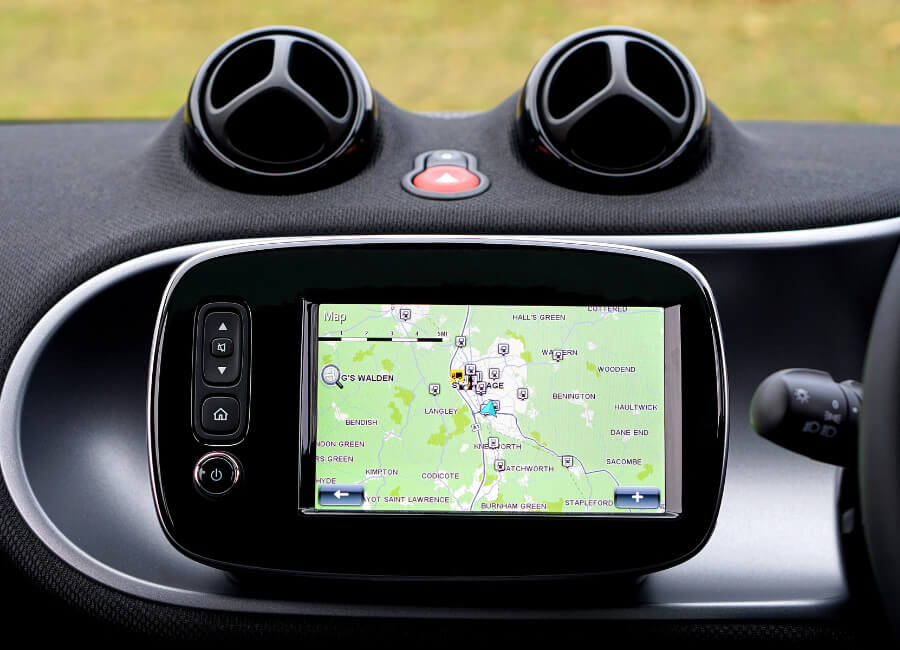

In today’s transportation industry, driver safety is of paramount importance. With the advent of AI dashcams and driver monitoring systems, fleet managers have a powerful toolset at their disposal to enhance driver safety. AI dash cams provide real-time video footage of drivers, while driver monitoring systems use data and analytics to detect unsafe driving behavior. These technologies work together to promote safer driving practices, reduce the risk of accidents, and improve overall fleet performance. In this blog, we will delve deeper into the working of AI dashcams and driver monitoring systems, and how they complement each other to enhance driver safety in the transportation industry.

An AI dashcam is a wireless car camera that uses advanced computer vision and machine learning algorithms to analyze driving patterns and provide real-time feedback to drivers. It is also equipped with GPS tracking technology, which enables fleet managers to track vehicle locations, speeds, and routes in real-time. AI dashcams can also be configured with features such as driver monitoring, lane departure warning, and collision avoidance systems. They are designed to improve driver safety by providing drivers with immediate feedback on their driving behavior, detecting and alerting them to potential risks on the road, and providing fleet managers with insights into driver performance and vehicle utilization.
PosiTrace’s AI dashcam comes with a range of features and benefits that enhance driver safety and fleet management. Some of the key features include:
The benefits of using PosiTrace’s AI dashcam in fleet management include improved driver safety, reduced accident rates, increased productivity, and lower insurance costs. Additionally, the advanced driver monitoring technology allows fleet managers to identify and address driver behavior that may pose a risk to themselves or others on the road. Overall, the AI dashcam provides an efficient and cost-effective solution for fleet management and driver safety.
Driver monitoring technology involves the use of sensors and cameras to analyze driver behavior and performance. This is done by monitoring various aspects such as head movement, eye tracking, and facial expressions, among others. The technology can detect drowsiness, distracted driving, and other risky behaviors that could lead to accidents.


With AI dashcams and driver monitoring systems, drivers can receive real-time alerts and feedback, and fleet managers can identify trends and patterns that could help improve driver safety. The data gathered from driver monitoring can also be used for training and coaching purposes, helping drivers to improve their skills and reduce the risk of accidents.
Here are some features and benefits of driver monitoring systems:
Benefits:
By combining AI dashcams with driver monitoring systems, companies can create a comprehensive solution for improving driver safety and productivity. With features like real-time monitoring, event-triggered recording, and GPS tracking, these systems provide valuable insights into driver behavior and location. The benefits of these systems include reduced risk of accidents, lower insurance premiums, and improved fleet management. At PosiTrace, we offer a range of wireless dashcam and driver monitoring solutions, including AI dashcams with GPS tracking, live streaming, and ELD integration. Our solutions are designed to help companies improve safety and compliance while reducing costs and enhancing productivity.
Here are some factors to consider when implementing AI dashcams and driver monitoring systems:
Several transportation companies have successfully implemented AI dashcams and driver monitoring systems to enhance driver safety and improve their operations. Here are some examples:
These companies realized several benefits from implementing AI dashcams and driver monitoring systems, including:
Some best practices for implementing AI dashcams and driver monitoring systems include:
By implementing AI dashcams and driver monitoring systems, transportation companies can improve driver safety, reduce accidents and associated costs, and enhance their operations.
PosiTrace’s AI dashcam and driver monitoring system offers a reliable solution for businesses to enhance driver safety, reduce accident rates, and improve overall fleet management. The integration of AI technology in dashcams and driver monitoring systems enables real-time tracking of driver behavior, and hence helps businesses to identify risky behaviors and take corrective actions before any accidents happen.
In conclusion, the combination of AI dashcams and driver monitoring systems offers a unique and reliable solution for businesses to improve driver safety and reduce accident rates. The integration of these systems can also lead to increased accountability and responsibility among drivers, improved overall fleet management, and cost savings associated with accidents and related expenses. PosiTrace’s AI dashcam and driver monitoring system is an excellent example of such technology, offering businesses a wide range of benefits and advantages.
Features of a GPS-enabled AI dashcam may include real-time location tracking, G-sensor for collision detection, and video footage with time and location stamps.
Driver monitoring systems can improve fleet safety by detecting risky driving behaviors, alerting drivers in real-time, and promoting accountability among drivers.
Benefits of using AI dashcams and driver monitoring systems may include reduced accident rates, improved driver behavior, increased accountability, and enhanced safety for passengers and other road users.
Factors to consider when implementing AI dashcams and driver monitoring systems may include the cost of the systems, the size of the fleet, the level of support needed, and the need for integration with existing systems.